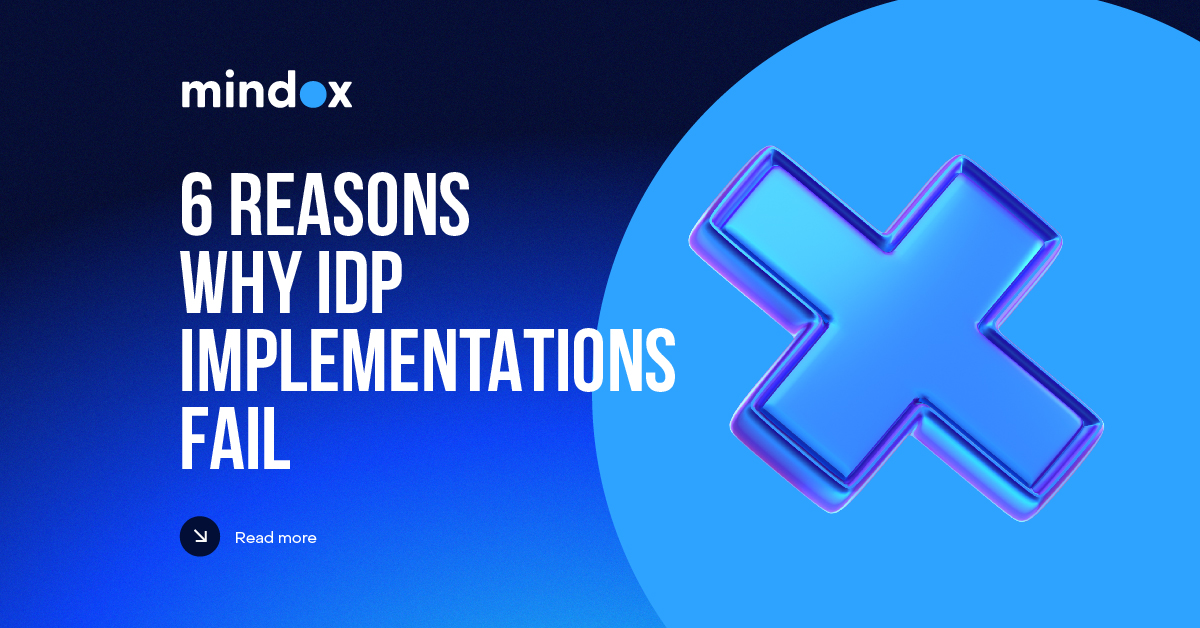6 Reasons IDP Implementations Fail and How to Avoid Them


Implementing Intelligent Document Processing (IDP) can be a game-changer for many businesses. However, it’s not uncommon for these implementations to encounter significant challenges. Understanding why IDP implementations fail can help you avoid common pitfalls and ensure a smoother transition. Here are six reasons why IDP implementations fail and how to avoid them.
Lack of Clear Objectives
One of the main reasons IDP projects fail is the lack of clear, defined objectives. Without specific goals, it’s challenging to measure success or understand what you need from the IDP solution.
How to Avoid It: Start by outlining your goals. Are you aiming to reduce processing times, improve accuracy, or cut costs? Define these objectives early and ensure they align with your business needs.
If you need help defining clear objectives for your IDP implementation, consider our IDP solution for a guided, step-by-step approach.
Unrealistic Expectations & Lack of Clear Goals:
Just like IDPs for authentication, IDP solutions can’t solve every document processing challenge. Clearly define your goals upfront. Do you want to automate data extraction from invoices, streamline loan applications, or improve KYC (Know Your Customer) processes? Aligning your IDP selection and configuration with these objectives ensures you get the most out of the technology.
Poor Data Quality
IDP relies heavily on data. If your data is inconsistent, incomplete, or inaccurate, your IDP solution won’t perform effectively. Poor data quality can lead to incorrect outputs and reduced trust in the system.
How to Avoid It: Conduct a thorough data audit before implementation. Clean and standardize your data to ensure it meets the quality standards required for your IDP solution.
Inadequate Training
Even the best IDP solutions can fail without proper training. Your team needs to understand how to use the system effectively. Inadequate training can lead to errors and underutilization of the system’s capabilities.
How to Avoid It: Invest in comprehensive training programs. Ensure that all users are comfortable with the new system and understand its functionalities.
Resistance to Change
Change can be hard, and employees may resist adopting new technologies. This resistance can stem from fear of the unknown, lack of understanding, or concern over job security. Without a dedicated leader to drive adoption and address concerns, your team might resist using the new IDP solution.
How to Avoid It: Develop a change management plan that includes user training, clear communication, and ongoing support to ensure a smooth transition. Communicate the benefits of the IDP solution clearly. Involve employees in the process early on and provide continuous support to ease the transition.
Overlooking Integration Issues
IDP solutions need to integrate seamlessly with your existing systems. Overlooking integration issues can lead to workflow disruptions and inefficiencies.
How to Avoid It: Plan your integration strategy carefully. Work with your IT team to ensure compatibility and test the system thoroughly before going live.
Bonus point: Unrealistic Expectations
Sometimes, businesses expect too much too soon from their IDP implementations. This can lead to disappointment and a perception of failure, even if the system is working correctly.
How to Avoid It: Set realistic expectations. Understand that while IDP can bring significant benefits, it may take time to see the full impact.
By understanding these pitfalls, you can approach IDP implementation with a clear roadmap. A successful IDP deployment can significantly improve document processing efficiency, reduce manual errors, and free up valuable resources within your organization.
Don’t let IDP implementation become another failed IT project! mindox is designed to overcome these challenges. Our user-friendly tools and seamless integration empower your employees to adapt quickly and thrive in the new workflow. Contact us today to learn more about how our IDP solution can transform your document processing and unlock a new era of efficiency!